Search
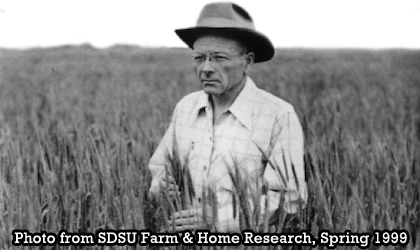
McFadden and Borlaug: Pioneering Rust-Resistant Wheat
During a brief period of time in the Dakota Territory in the late 1800’s, wheat acreage increased from just over 100,000 acres to well over a million acres. During one year in the height of this heyday, 1897, it has been stated that two-thirds of the world’s wheat was shipped from present-day Eureka, SD, and wagons bearing the crop rolled in from as far as 75 miles away.

Introducing PQA Plus Version 5.0
Continuing the pork industry’s commitment to incorporate the latest scientific knowledge and production methods, PQA Plus Version 5.0 addresses food safety, animal well-being, environmental stewardship, worker safety, public health and community.
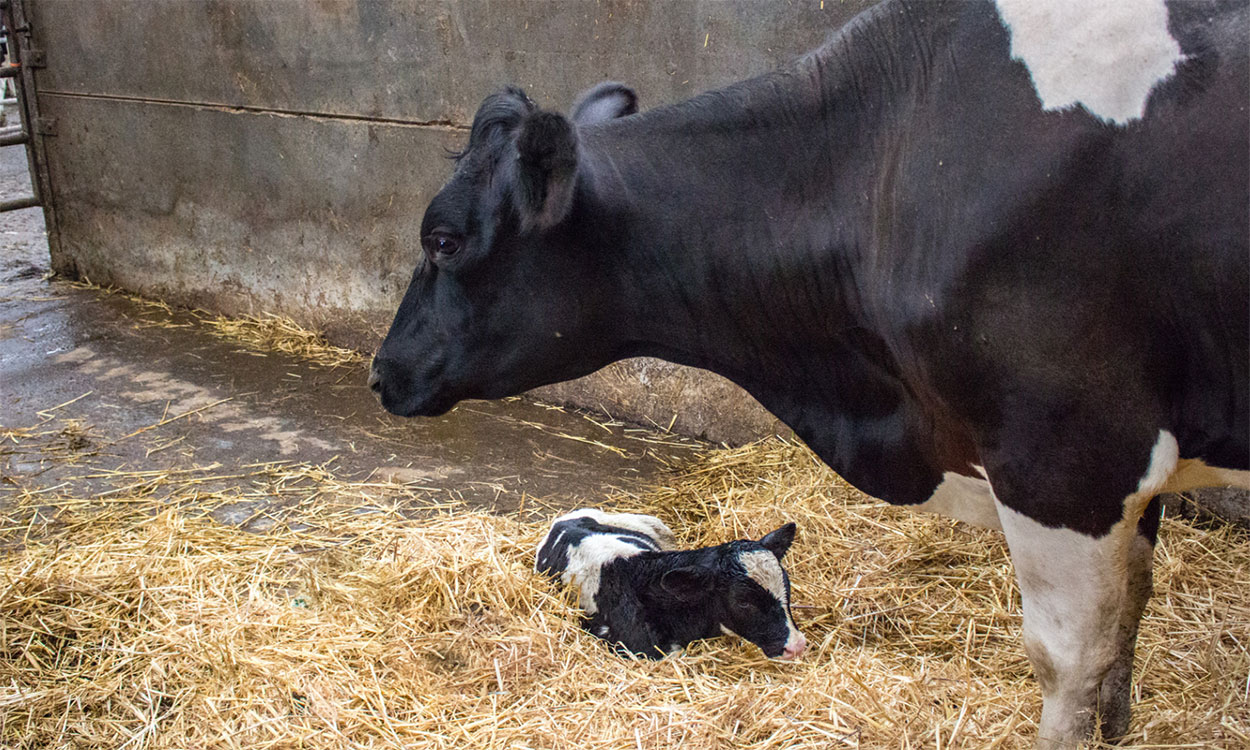
Dairy Embryo Transfer Activity in the United States
The use of embryo technologies has been described as an alternative to improve pregnancy and accelerate genetic improvement in dairy cows. See the latest trends on its use in South Dakota and beyond.
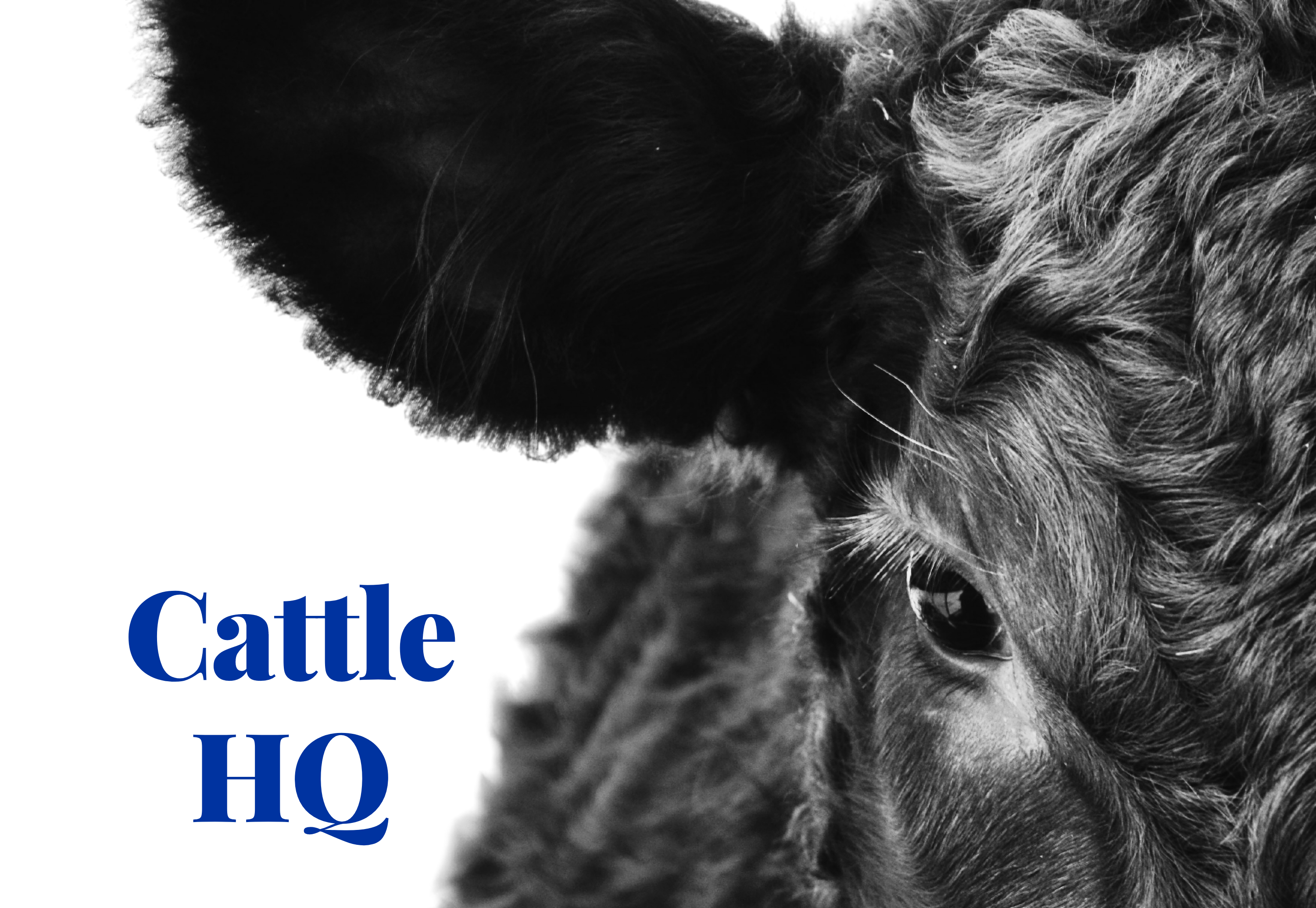
Fly Control
On today’s episode of Cattle HQ, former Cow/Calf Field Specialists, Olivia Amundson and Kiernan Brandt sit down with Patrick Wagner, SDSU Extension Entomology Field Specialist and Joseph Armstrong University of Minnesota Extension Cattle Production Systems specialist to talk about pest and parasite management in livestock, more specifically dealing with flies.
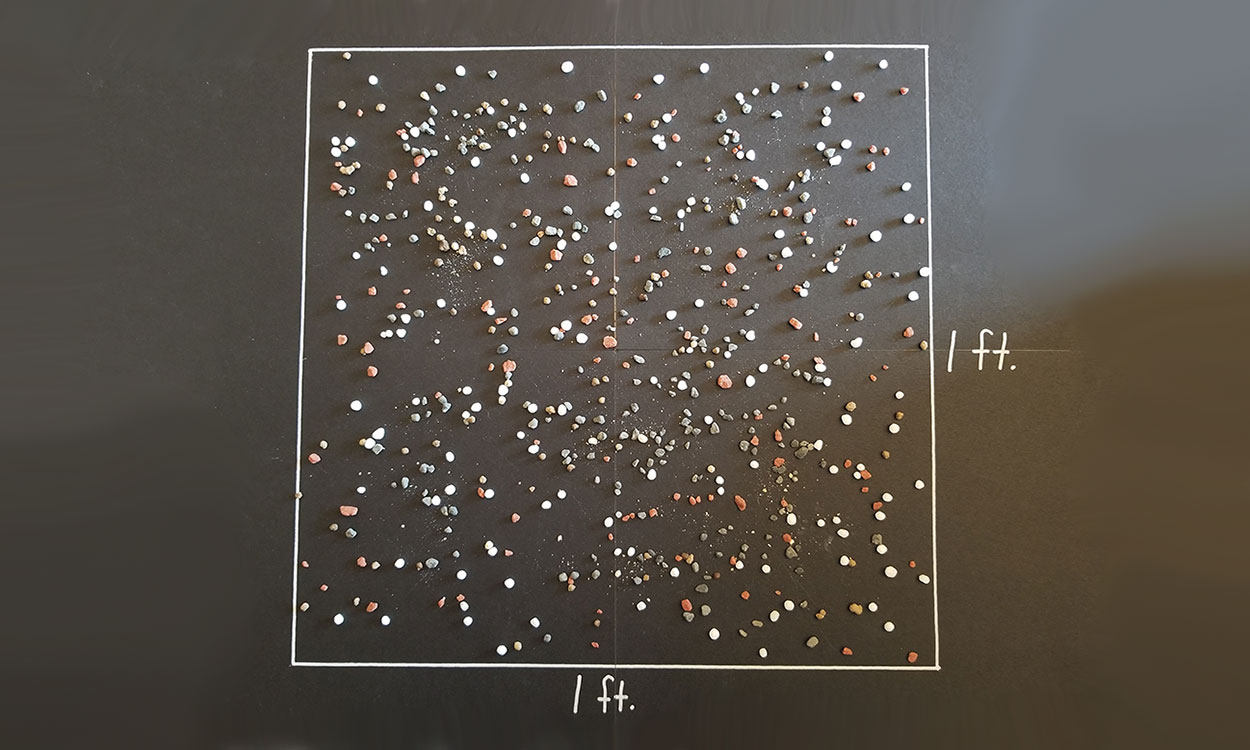
Seven Grams of Fertilizer Is All It Takes: Growing Optimal Corn in South Dakota
Have we really asked how much fertilizer is really takes to grow a decent corn crop? Learn some important considerations for fertilizing corn and improving long-term soil health and fertility.
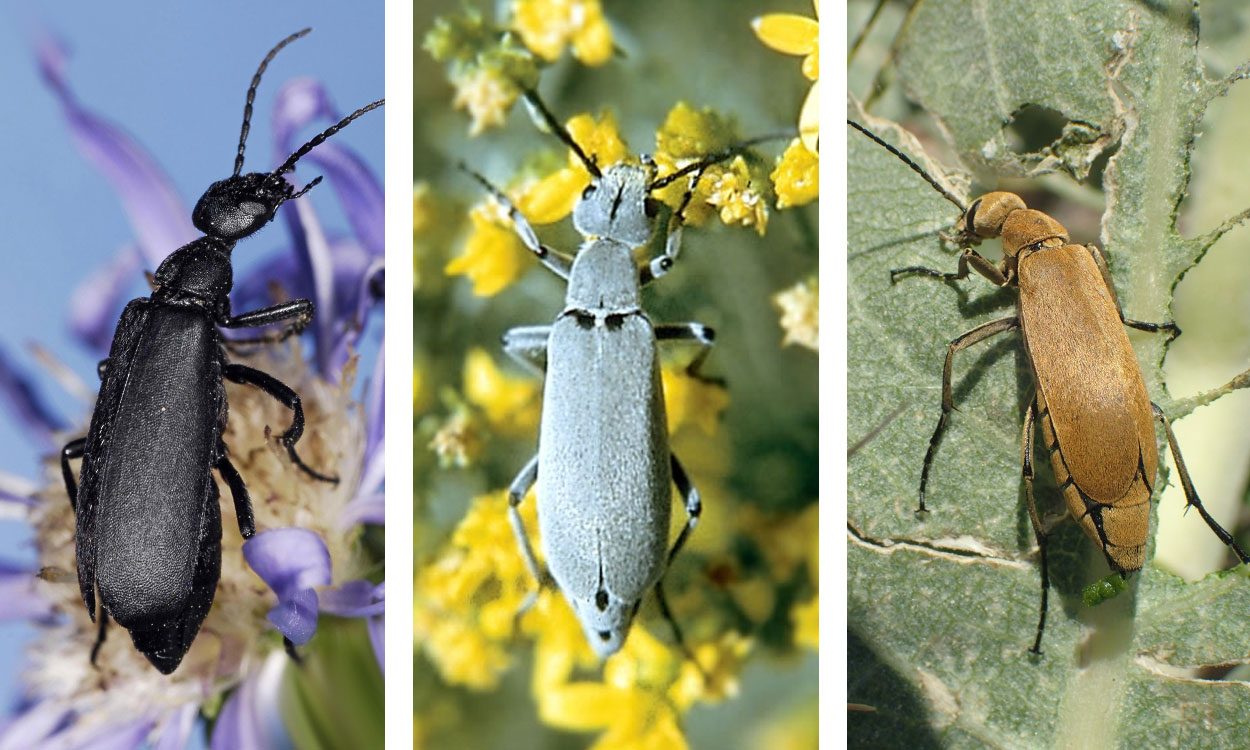
Blister Beetles Are Active in South Dakota Alfalfa
Blister beetles have been spotted in several alfalfa fields in South Dakota, which means it’s time to start scouting to determine how many are present.

SDSU Releases Two New Spring Wheat Varieties
Two new spring wheat varieties, Forefront and Advance are being increased by South Dakota Foundation Seed Growers and will be available to everybody in 2013.
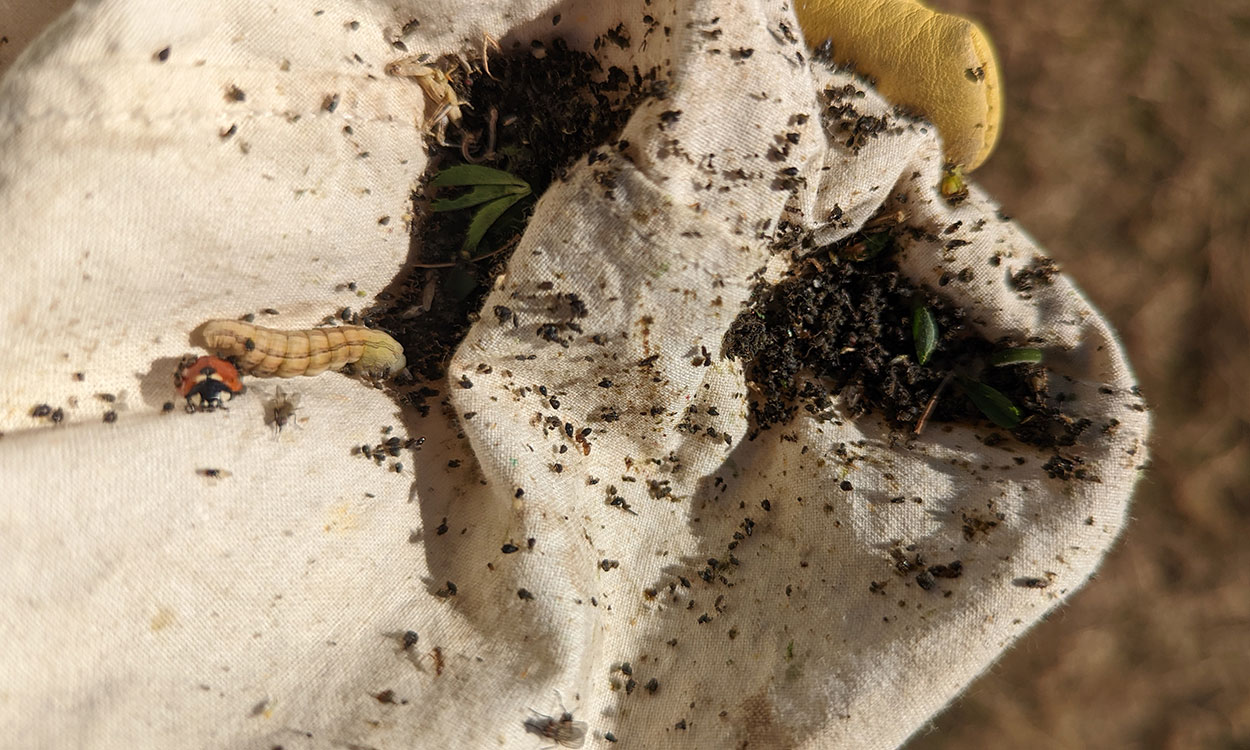
Cowpea Aphid Populations Taking off in Alfalfa
In southeast South Dakota, we are observing large cowpea aphid populations in alfalfa. Large populations can reduce yields, and, if left unmanaged, these infestations even kill the plants.
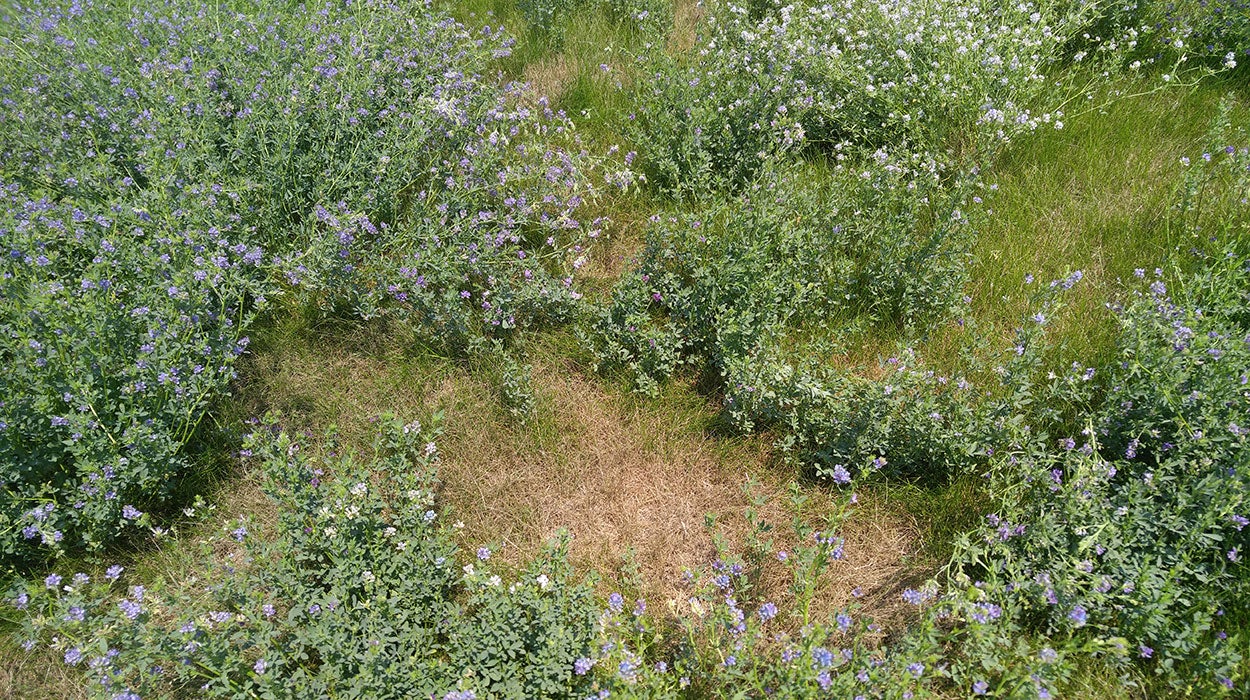
Grasshopper Activity Is Ramping Up
We have already observed increased grasshopper activity in many areas of the state and, depending on the 2022 season, they may become problematic in crops.
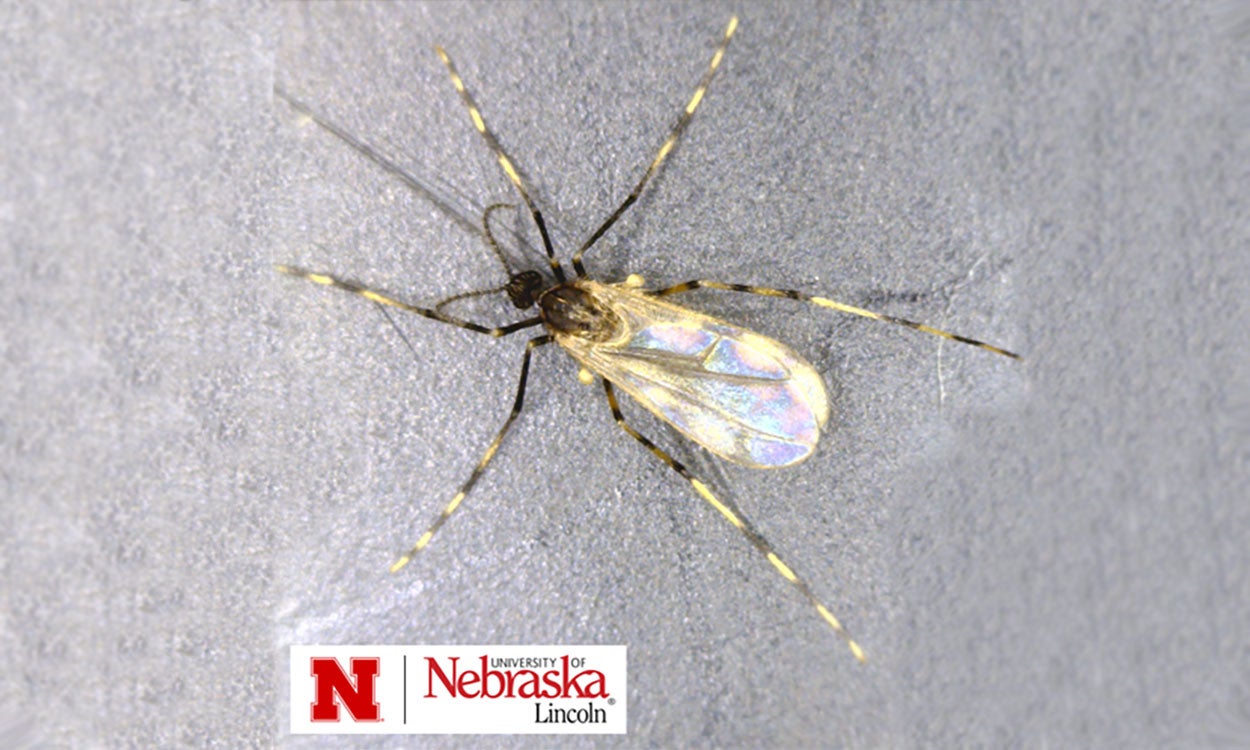
Soybean Gall Midge Adults Detected in South Dakota
Soybean gall midge emergence was first detected in South Dakota two weeks ago, during the week of June 13 -17, 2022. Emergence continues to be slow, with the only observations in southeast South Dakota.